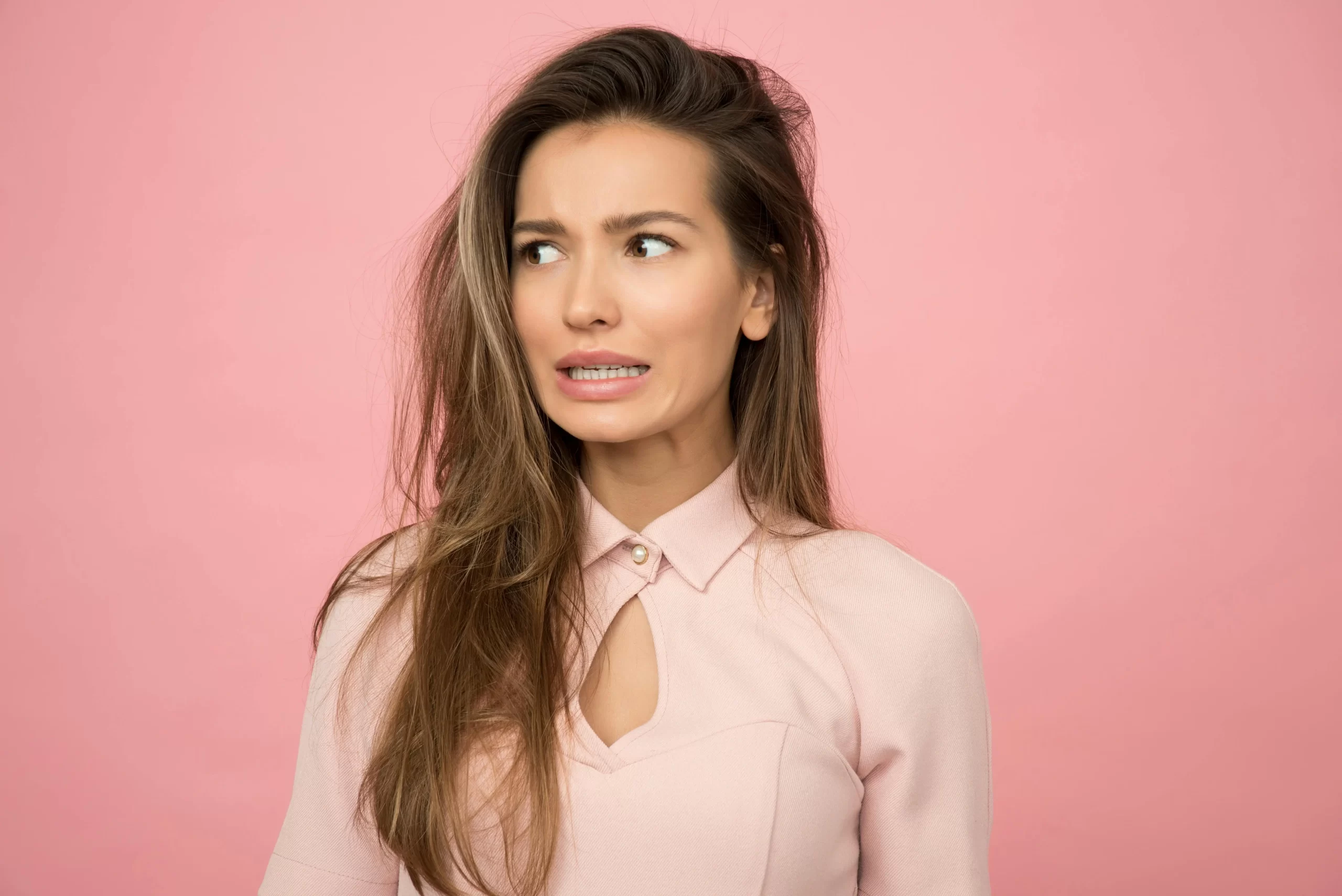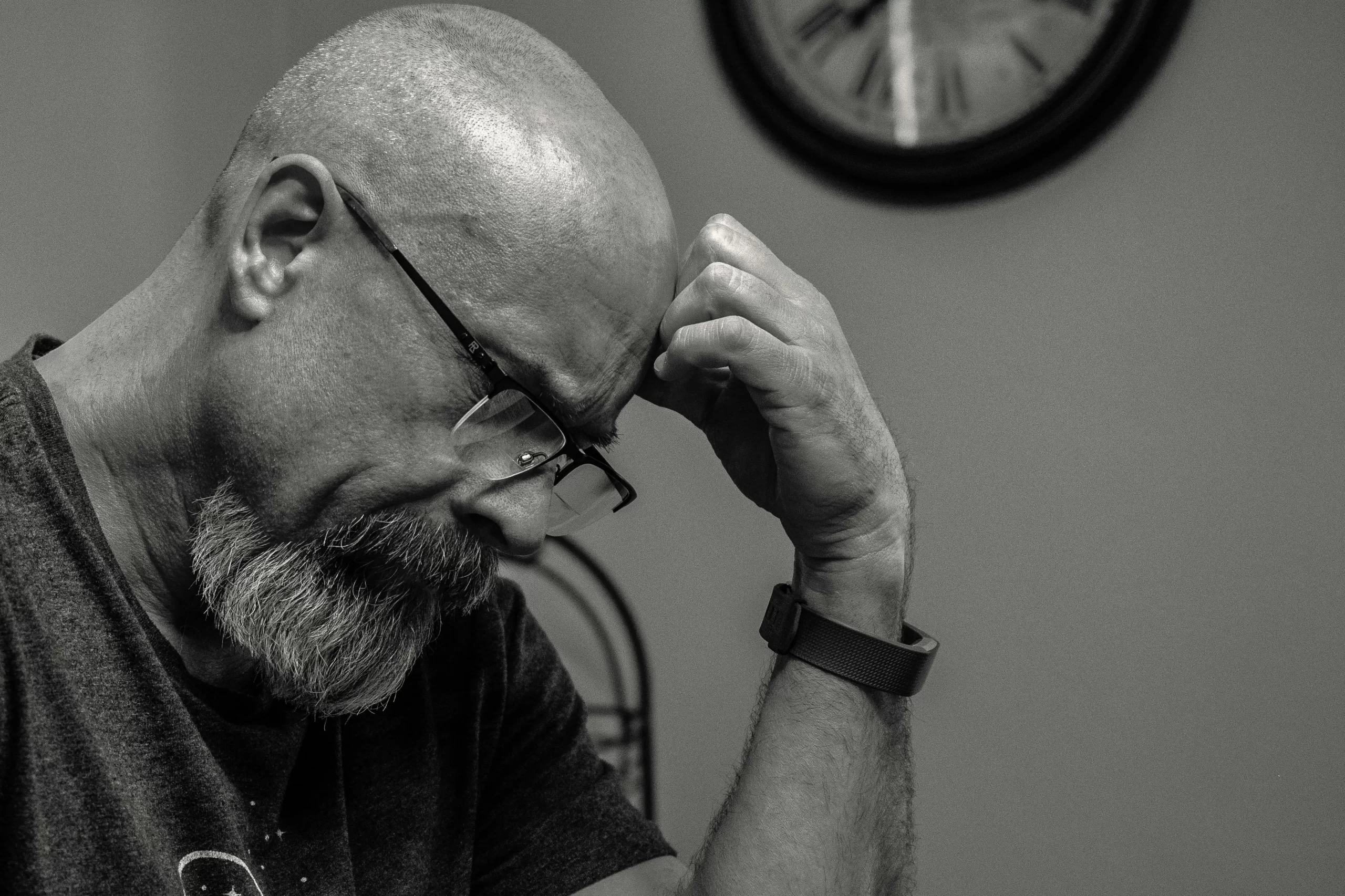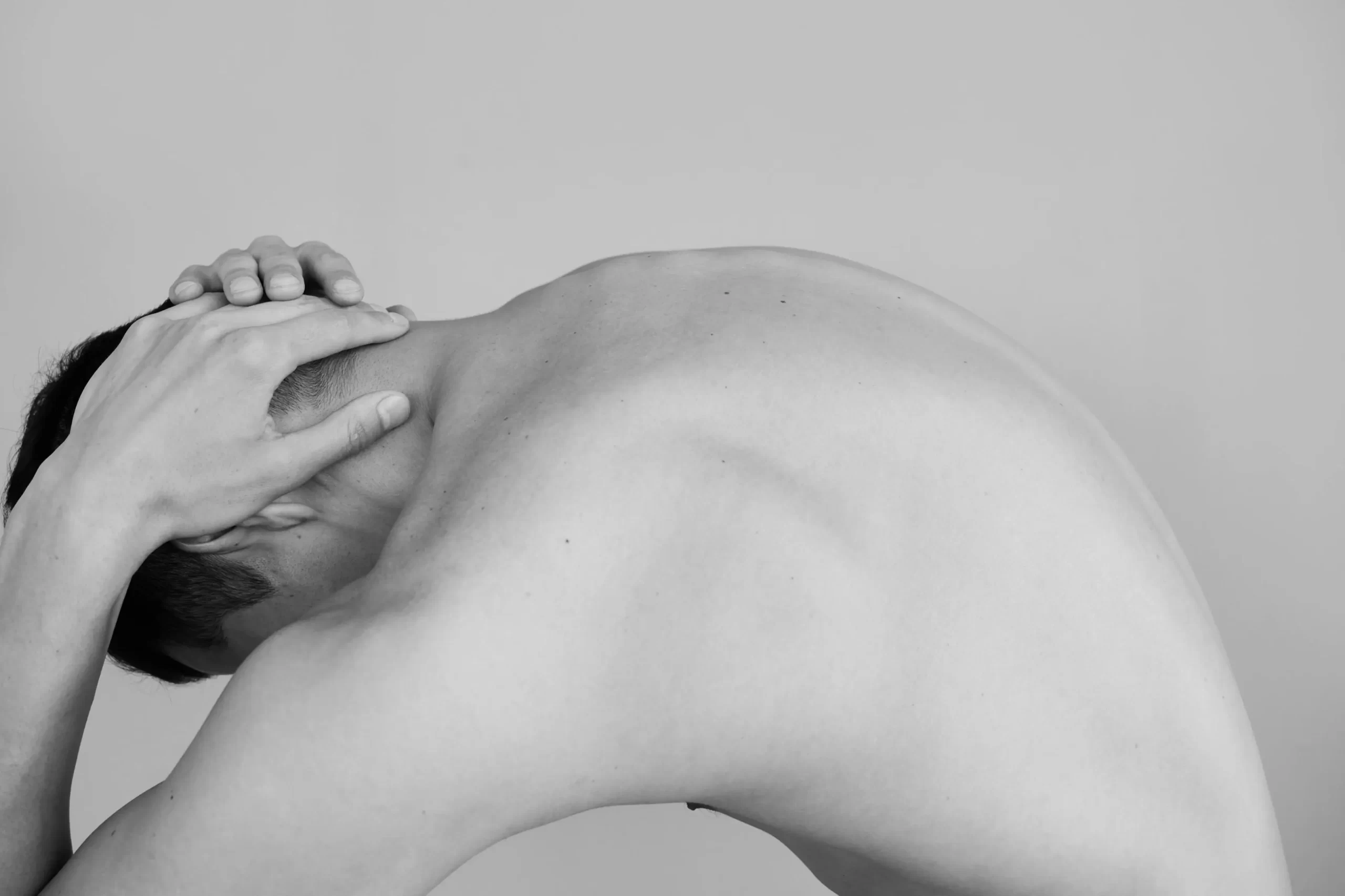Hair loss can be a distressing experience for many individuals, affecting both men and women.
While there are numerous factors contributing to hair loss, one significant aspect that often goes under the radar is the role of low testosterone.
This article will jump into how low testosterone can influence hair loss, the different types of testosterone, and the various treatments available – so you can get your hair back!
Different Types of Testosterone
Testosterone is a crucial hormone in both men and women, playing a significant role in various bodily functions.
However, not all testosterone is created equal.
There are different forms of testosterone that have distinct roles in the body:
- Free Testosterone: This is the active form of testosterone that is not bound to proteins in the blood. It is readily available for the body to use.
- Bound Testosterone: Most testosterone in the body is bound to proteins like albumin and sex hormone-binding globulin (SHBG). This form is not readily available for use.
- Dihydrotestosterone (DHT): A derivative of testosterone, DHT is a potent androgen that plays a significant role in hair loss, particularly in men.
Understanding these different types of testosterone is key for diagnosing and treating hair loss effectively.
Shape of Baldness

The pattern of hair loss can vary significantly between individuals, influenced by genetic, hormonal, and environmental factors.
Here are the common shapes of baldness:
- Male Pattern Baldness: Characterized by a receding hairline and thinning at the crown.
- Female Pattern Baldness: Generally involves thinning all over the scalp, particularly at the crown.
- Alopecia Areata: Sudden hair loss that starts with one or more circular bald patches that may overlap.
Does Low Testosterone Cause Hair Loss?
Low testosterone can contribute to hair loss, but it’s often not the sole factor.
Testosterone is converted to DHT by the enzyme 5-alpha-reductase.
DHT binds to hair follicle receptors, shrinking them and leading to hair thinning and eventual loss.
Therefore, while low testosterone can influence hair loss, the role of DHT is more direct and significant.
There might also be underlying causes, which is why hormone replacement therapy for men can be so powerful in restoring hair!
Hair Loss in Women

Hair loss in women can be particularly distressing and is often influenced by hormonal changes, including low testosterone.
Women produce testosterone in smaller amounts compared to men, but it still plays a crucial role in hair growth.
Factors like menopause, polycystic ovary syndrome (PCOS), and hormonal imbalances can lead to hair thinning and loss in women.
Our hormone replacement therapy for women is perfect for addressing these issues.
Treatments for Hair Loss
There are a couple ways you can combat hair loss:
- Hormone Replacement Therapy (HRT): Balances hormonal levels, including testosterone, to promote hair growth.
- Medications: Options like Minoxidil and Finasteride can help slow hair loss and promote regrowth.
- Platelet-Rich Plasma (PRP) Therapy: Uses the patient’s own blood to stimulate hair growth.
- Low-Level Laser Therapy (LLLT): A non-invasive treatment that uses laser light to stimulate hair follicles.
How to Fight Genetic Hair Loss
Genetic hair loss, also known as androgenetic alopecia, can be challenging to combat.
However, there are several strategies to manage and mitigate its effects:
- Medications: Finasteride and Minoxidil are commonly prescribed to slow genetic hair loss.
- Lifestyle Changes: A balanced diet, regular exercise, and stress management can positively impact hair health.
- Hair Transplant Surgery: In severe cases, surgical options like hair transplants can provide a permanent solution.
The “Balding Gene” Explained
The “balding gene” refers to genetic predispositions that make some individuals more susceptible to hair loss.
This gene can be inherited from either parent and is influenced by multiple genetic factors.
Understanding your genetic risk can help in early intervention and treatment.
Male Pattern Baldness
Male pattern baldness is the most common type of hair loss in men, characterized by a receding hairline and thinning at the crown.
It is primarily driven by genetic factors and the presence of DHT.
Early intervention with medications and lifestyle changes can help manage this condition.
Female Pattern Baldness
Female pattern baldness involves diffuse thinning over the scalp, particularly at the crown.
Hormonal imbalances, genetic factors, and aging are common contributors.
Treatments like Minoxidil, HRT, and PRP therapy can be effective in managing this condition.
What Else Causes Balding?
While low testosterone and genetic factors are significant contributors, other factors can also lead to hair loss:
- Nutritional Deficiencies: Lack of essential nutrients like iron, zinc, and vitamins can cause hair thinning.
- Stress: High stress levels can lead to conditions like telogen effluvium, causing temporary hair loss.
- Medical Conditions: Thyroid disorders, autoimmune diseases, and scalp infections can also contribute to hair loss.
How to Slow Hair Loss
Slowing hair loss requires a multi-faceted approach:
- Healthy Diet: Ensure a balanced intake of essential nutrients.
- Stress Management: Techniques like meditation, yoga, and regular exercise can help manage stress levels.
- Regular Check-ups: Regular visits to healthcare providers can help monitor and manage underlying conditions contributing to hair loss.
- Effective Treatments: Utilize proven treatments like medications, PRP therapy, and HRT to manage and slow hair loss.
Does Low Testosterone Cause Hair Loss? Final Thoughts
Understanding the intricate relationship between hair loss and low testosterone is crucial for effective treatment and management.
At Southwest Pain Management, we offer a comprehensive range of treatments tailored to individual needs that’ll help you get you hair back thick and healthy!
Our patient-centered approach ensures that you receive the best care possible, helping you manage hair loss effectively and improve your overall well-being – contact us today!
FAQs
Does hair loss from low testosterone grow back?
Hair loss resulting from low testosterone levels can potentially be reversed if the underlying hormonal imbalance is addressed. Treatment options such as hormone replacement therapy may help restore normal testosterone levels and promote hair regrowth.
What are signs of low testosterone in males?
Signs of low testosterone in males can include fatigue, decreased libido, erectile dysfunction, mood changes, reduced muscle mass, increased body fat, and hair loss. If you are experiencing any of these symptoms, it may be beneficial to consult with a healthcare provider for evaluation and potential treatment.
Will my hair grow back if I stop taking testosterone?
Hair regrowth after stopping testosterone therapy varies from person to person. Some individuals may experience hair regrowth if the body’s natural testosterone levels stabilize, while others may not see significant changes. Consulting with a healthcare provider can provide more personalized insight.
Does going bald mean low testosterone?
Going bald does not necessarily indicate low testosterone levels. Male pattern baldness is primarily influenced by genetic factors and the sensitivity of hair follicles to dihydrotestosterone (DHT), a derivative of testosterone. Other factors such as age and overall health can also contribute to hair loss.
How to fix low testosterone?
Addressing low testosterone typically involves hormone replacement therapy, lifestyle changes, and sometimes medications. A healthcare provider can diagnose low testosterone through blood tests and recommend an appropriate treatment plan tailored to your specific needs.
How to stop hair loss from testosterone?
To mitigate hair loss related to testosterone, it is important to manage hormone levels effectively. This can involve adjusting hormone replacement therapy or using medications that block DHT. A healthcare provider can guide you through the best options based on your individual condition.
How to increase testosterone levels quickly?
Increasing testosterone levels quickly can be achieved through medical interventions like hormone replacement therapy. Additionally, lifestyle changes such as regular exercise, a balanced diet, adequate sleep, and stress management can support healthier testosterone levels. Consulting with a healthcare provider is essential for a safe and effective approach.
Can you have low testosterone and still be hairy?
Yes, it is possible to have low testosterone and still have a significant amount of body hair. Hair growth patterns are influenced by multiple factors, including genetics and overall hormone balance. Low testosterone may not necessarily impact body hair to the same extent as it affects scalp hair.





